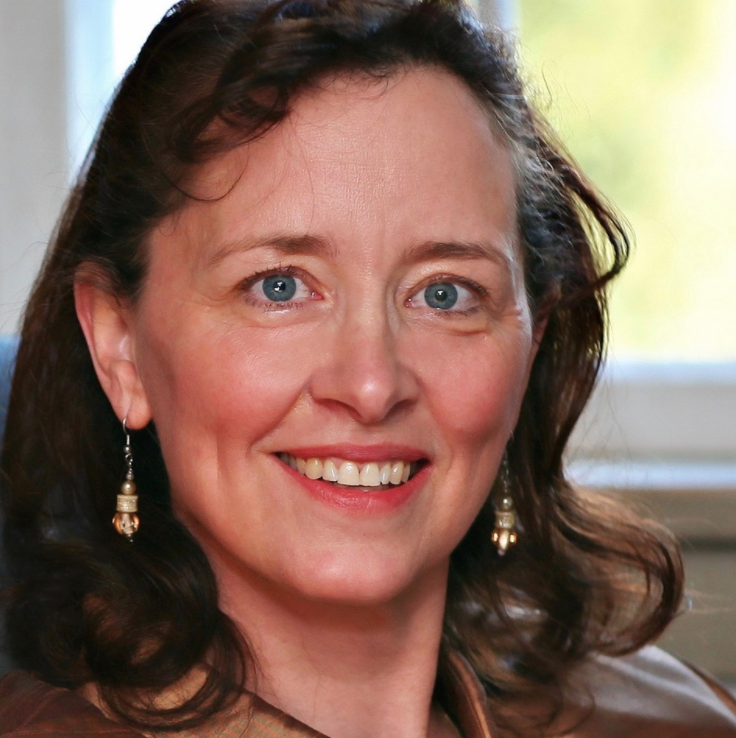My sister died in her bed at home after lighting a cigarette, just as the world was engulfed in the spread of the coronavirus. Her death by fire followed two decades of relentless lupus-related health problems that affected her heart, lungs, and nervous system. She was already on the edge of life. She no longer walked. She could barely lift her arms. Cigarettes gave her some immeasurable pleasure in this last stretch of life. She managed to steal them away under her pillow when her husband wasn’t looking.
I reeled as I watched news briefs about “the woman who died in a house fire.” I was consoled only when I recalled my sister’s unusual hospital story years ago when she had a heart attack in the Emergency Room and flat-lined for 45 minutes. Then her heartbeat resumed, and the staff called her “the woman who came back to life.”
I asked my sister after “coming back to life” if she had any kind of near-death experience, or NDE, as they are commonly called. I occasionally read accounts of these and found them fascinating.
“Yes, I did,” she answered, her voice flat but clear. “You did?” I asked again. “And what happened?” I asked.
“I saw Mom and Dad and Grammie and Ed and Susie.” The last two individuals mentioned by my sister were our cousin and his wife who, traveling in unexpected stormy skies one night, crashed their airplane into the side of a mountain. Their bodies were recovered days later.
“And how was that?” I asked. “I was with them,” she answered. “We were all there, together again.” “And could you determine where that was?” I asked. “We were all there at the table, just as we used to be,” she answered. That’s all I can remember. We were all together again.”
Until recently, near death experiences have usually been interpreted as the hallucinatory effect on the brain of an upsurge in end-stage biochemical activity. But in recent years medical researchers have shown a growing interest in what seems incontrovertible evidence about NDEs.
As Gideon Lichfield writes in the Atlantic, “There is something about NDEs that makes them scientifically intriguing… NDEs [are] perhaps the only spiritual experience that we have a chance of investigating in a truly thorough, scientific way. It makes them a vehicle for exploring the ancient human belief that we are more than meat. And it makes them a lens through which to peer at the workings of consciousness – one of the great mysteries of human existence, even for the most resolute materialist.”
Remarkably, these experiences transcend differences in race, age, ethnicity, and culture. In some cases familiar religious references may be cited but universal patterns occur. Near death experiencers hail from communities ranging from isolated aboriginal tribes to citizens of advanced modern secular societies. Plato spoke of near-death experiences in the 4th century BC, citing his teacher Socrates.
Near death experiencers often describe a signature event of being transported through a tunnel as they move forward toward a pinpoint of light that expands until they are fully embraced by it. They become coterminous with an all-powerful energy source emanating its connection with, and love for, all creation within its fold. Patients may experience seeing their own physical body with disinterest from outside of it, as well as details about ER equipment and staff they could not possibly have seen, patients elsewhere in the hospital whom they could not possibly have visited, and deceased relatives whom they could not have known.
Experiencers also describe reuniting with family, beholding the entire universe before them, and moving through its stars and planets and galaxies. There is a sense of “all knowingness” and “all-encompassing” love which they all share within the embrace of the luminous energy source.
Experiencers also frequently recount a life review in which they relive both the kindness and the pain they have inflicted on others. This dramatic empathic exercise heals the perpetrator and those he or she has harmed. Upon their return to this life, many experiencers experience new levels of compassion noted by observers.
With the growing respectability of NDE research, medical experts and scientists have grappled speculatively with its implications for the evolving field of “brain-mind” studies. Some posit a nexus of brain-consciousness activity in the brain’s neurotubules where energy and matter appear to coexist and interact.
Dr. Bruce Greyson, affiliated with the University of Virginia’s Department of Psychiatry and Neuroscience, speaks regularly to international audiences on NDEs. Dr. Gary Schwartz, Professor of Neurology and Surgery at the University of Arizona, also has a worldwide following on his remarkable ongoing research and insights into NDEs.
Currently there are hundreds of remarkable online interviews with near death experiencers. The International Association For Near-Death Studies, directed by highly credentialed experts, also offers information, as well as an astonishing NDE film on war veterans. The National Library of Medicine’s database has published over 240 pages on NDEs.
This ongoing inquiry should compel us to consider a reality beyond this one, where consciousness trumps the body, and our identities remain individuated but united in a sphere of omnipresent and unconditional love.
Whether we understand life and death through the lens of our faith, our scientific explorations, or our personal intuition, the shared testimony of thousands of near death experiencers – like my sister – can shed new light on a possible life after death, as well as the possibility of individual and collective consciousness beyond what we know here. It also provides hope and meaning as we try to decipher the inscrutable mixture of suffering and joy in this life.


